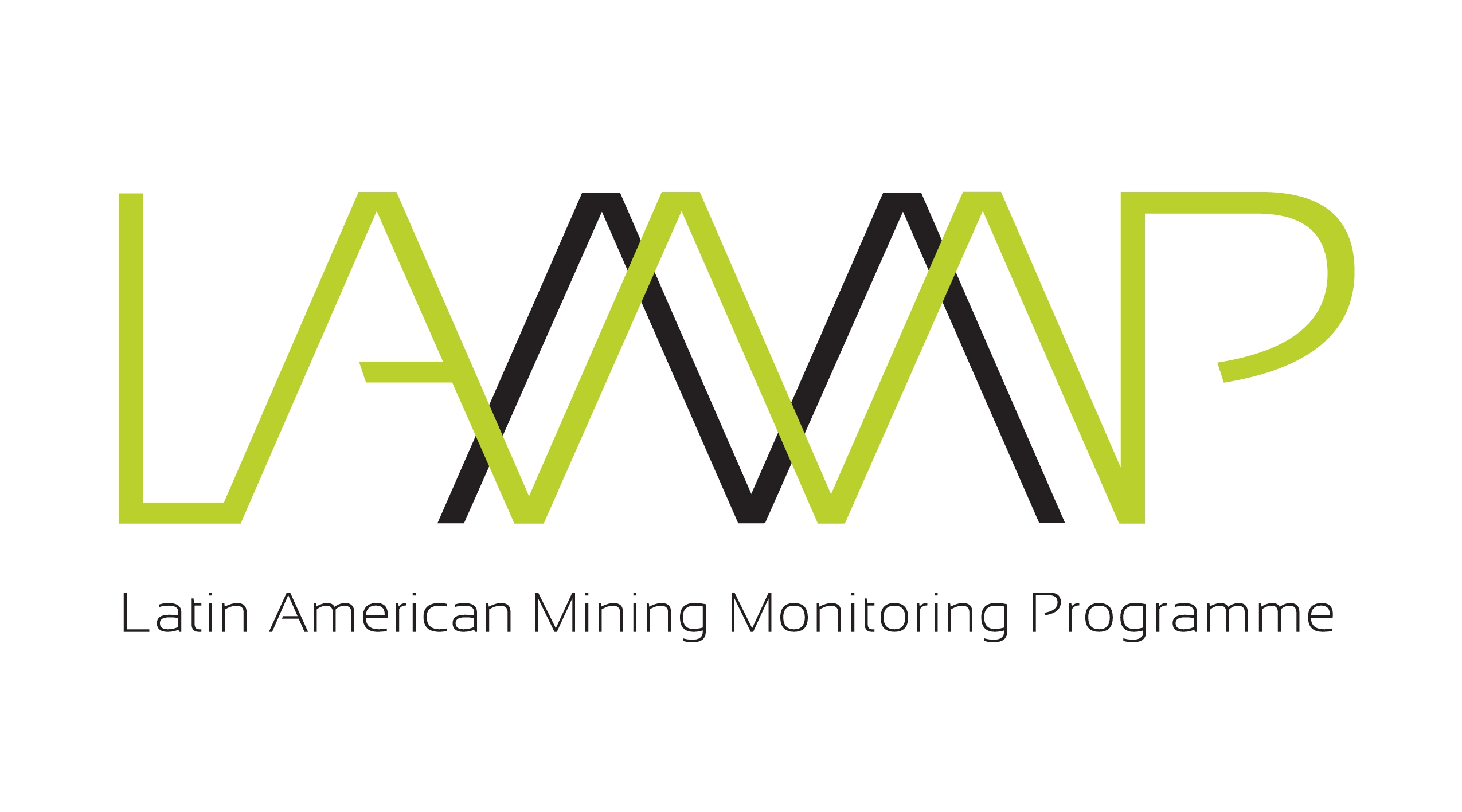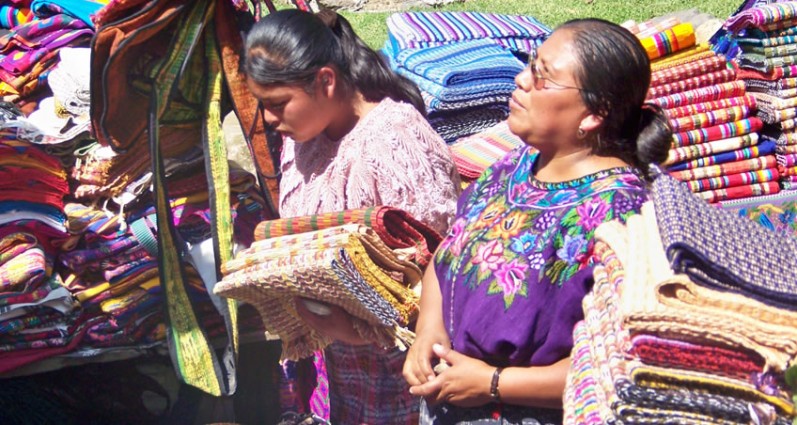The issue:
Resource extraction in Latin America has revealed a highly complex struggle, where rural and indigenous communities are confronted with institutionalised repression by the state and corporate actors. In their efforts to control activism these actors employ a wide range of tactics and strategies that include the misuse of criminal law and litigation, criminalisation of protest and assemblies, restrictions of freedom of expression and speech, arbitrary arrests and illegal detention. Activists and defenders also experience endless harassment, threats and physical aggression as a direct result of their campaigns for sustainable and human rights-based development.
Within this climate, women human rights defenders (WHRDs) are exposed to very specific set of risks and threats. In addition to the systematic state and corporate-led repression of activism, as women from predominantly rural and indigenous backgrounds, they are also targeted within their communities and households for transgressing their traditional gender roles.
Consequently, strategies used to suppress their resistance against irresponsible large-scale development projects are rooted in long-standing patterns of gender-based violence, whether physical, sexual or emotional.
Attacks and acts of intimidation towards WHRDs occur daily, and vary in intensity and severity from demeaning rumours and gossip to sexual violence or rape, physical aggression and assassination attempts. Yet, a majority of these cases are left in impunity and women victims are forced into invisibility and silence. In turn, WHRDs work in extremely trying conditions, attempting to sustain their campaigns for human rights and environmental protection
Our approach:
How do WHRDs envision their activism in the ongoing struggles over land, resources and territory in Latin America? What challenges do they face that are specific to their gender? How can we support WHRDs at critical risk to overcome those challenges? LAMMP aims to directly address these questions, tailoring comprehensive plans to guarantee that the safety and well-being of WHRDs engaged in mining struggles are protected.
Whether inside their own homes or on the pickets at rallies and protests, WHRDs are confronted with attempts to silence them and suppress their efforts to seek justice. In light of this, protection must answer directly to the multiple layers of violence, repression and persecution suffered by women environmental and human rights activists, and women defenders of land, resources and territory.
LAMMP adopts a comprehensive definition of protection, that is inclusive of WHRDs’ physical safety and integrity, their well-being and that of their families. The underpinning philosophy is to acknowledge that WHRDs are more than individual activists, but also to recognise the specific gender barriers they may face within their families and communities. LAMMP is also guided by the premise that no problem is too small or undeserving, and therefore seeks to tailor holistic protection plans that respond specifically to the WHRDs’ needs, challenges and circumstances.
Activities:
The design of protection plans for individual WHRDs or their groups/associations incorporate some of the following activities:
1. Workshop and training on identifying, documenting and responding to risks and threats, and thereby encouraging women defenders to prioritise and value their own protection and safety
2. Funds for legal counselling or representation
3. Urgent funds in the event of relocation or to cover costs for transports where necessary
4. Accompaniment of WHRD at risk by a member of ULAM
5. Psychosocial counselling and sessions for WHRDs experiencing hardship

